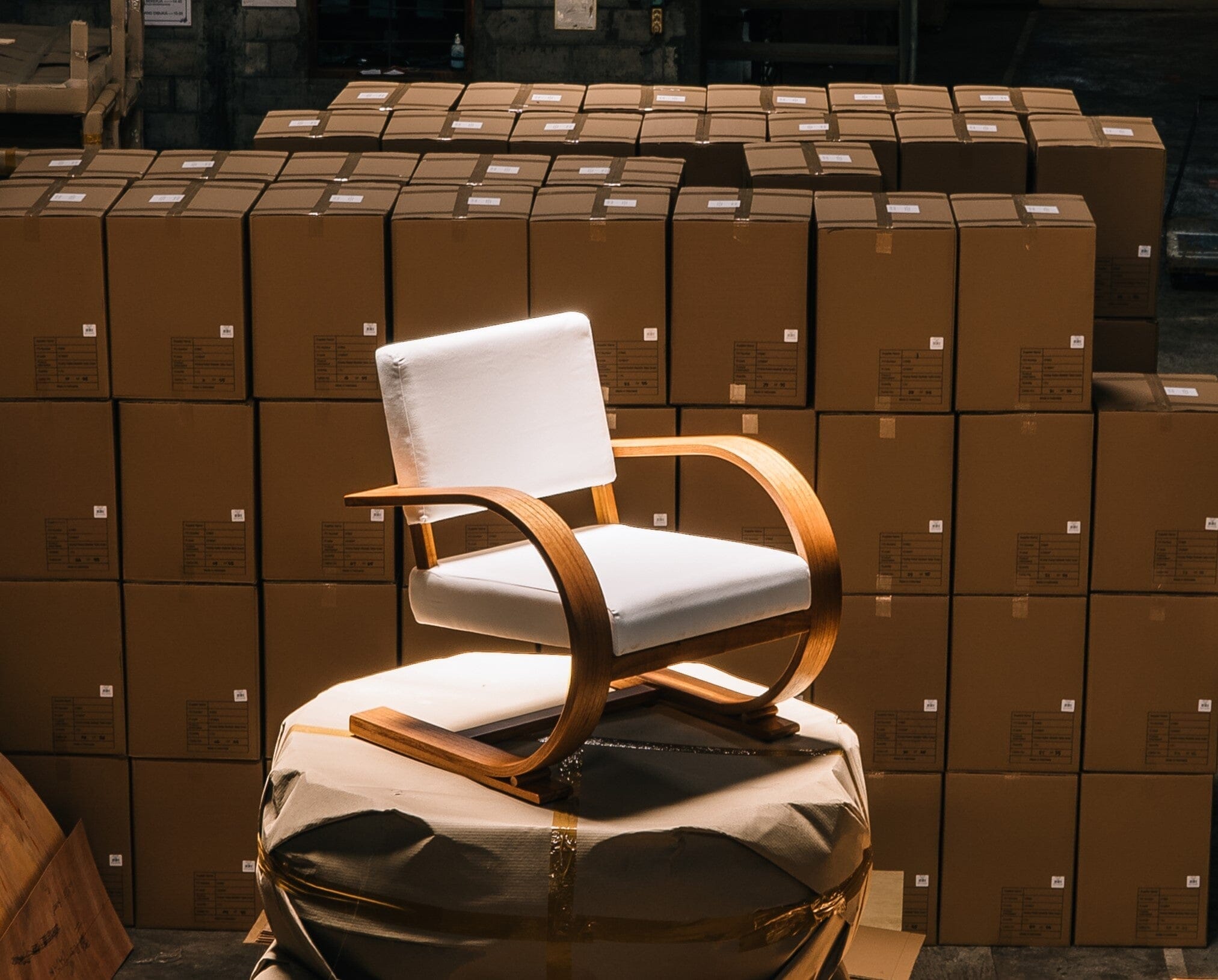In today's retail landscape, consumers are faced with a myriad of choices when it comes to shopping: online or in-person at brick-and-mortar stores.
Each option offers unique advantages and considerations that cater to different preferences and needs. Let's dive into the world of shopping and the options we are faced with.
Convenience and Accessibility
Online shopping has revolutionized convenience. With just a few clicks or taps, shoppers can browse vast selections of products from the comfort of their homes or on-the-go. Websites are open 24/7, allowing for shopping at any hour, making it ideal for those with busy schedules or limited mobility. With websites offering swatch options and 3D modelling makes shopping from home or work a whole lot easier.
On the other hand, brick-and-mortar stores offer a tactile experience that online shopping can't replicate. There's something satisfying about touching fabrics, trying on shoes, or seeing furniture in person. For many buyers, the ability to immediately take home their purchase is a significant draw, avoiding shipping delays or uncertainties.
Product Selection and Personalization
The online marketplace boasts an unparalleled variety of products. Whether you're searching for niche items or comparing prices across different retailers, the internet provides access to global markets at your fingertips. Product reviews and detailed descriptions help buyers make informed decisions without leaving their screens, offering customers the chance to research the brand or product into more detail on their own time.
In contrast, brick-and-mortar stores often curate their offerings to cater to local tastes and preferences. Personal interaction with knowledgeable staff can provide valuable insights and recommendations, ensuring that buyers find exactly what they need with confidence.
Pricing and Discounts
Price comparison tools make it easy for online shoppers to find the best deals. E-commerce platforms frequently offer discounts, promotions, and coupons that may not be available in-store. Additionally, online retailers can afford lower prices due to reduced overhead costs associated with physical storefronts.
Brick-and-mortar stores, however, may offer price matching and immediate availability advantages. They can provide exclusive in-store promotions or loyalty programs that reward repeat customers. For some buyers, the ability to negotiate prices or see clearance items is an easier task to do in person.
Experience and Atmosphere
Shopping isn't just about acquiring goods—it's an experience. Brick-and-mortar stores create a sensory environment where shoppers can engage with products first hand. From the smell of freshly brewed coffee in a bookstore to the ambiance of a boutique clothing store, physical spaces offer a multisensory experience that online shopping can't replicate.
Yet, online retailers are innovating with virtual try-ons, augmented reality features, and interactive customer service options to bridge the gap. These technologies aim to recreate the personalized feel of in-store shopping while leveraging the convenience of digital platforms.
Conclusion
Ultimately, the choice between online shopping and brick-and-mortar stores comes down to personal preferences and circumstances. Each option offers distinct advantages that cater to different aspects of the shopping experience. Whether you value convenience, tactile interaction, or the thrill of finding a great deal, both online and offline retailers continue to evolve to meet the diverse needs of today's buyers. So, whether you click "Add to Cart" or stroll through aisles, the world of retail is yours to explore.


Smart Shopping for Dining Room Furniture: A Guide to Choosing the Right Pieces for Your Home
Furniture Measuring Tips